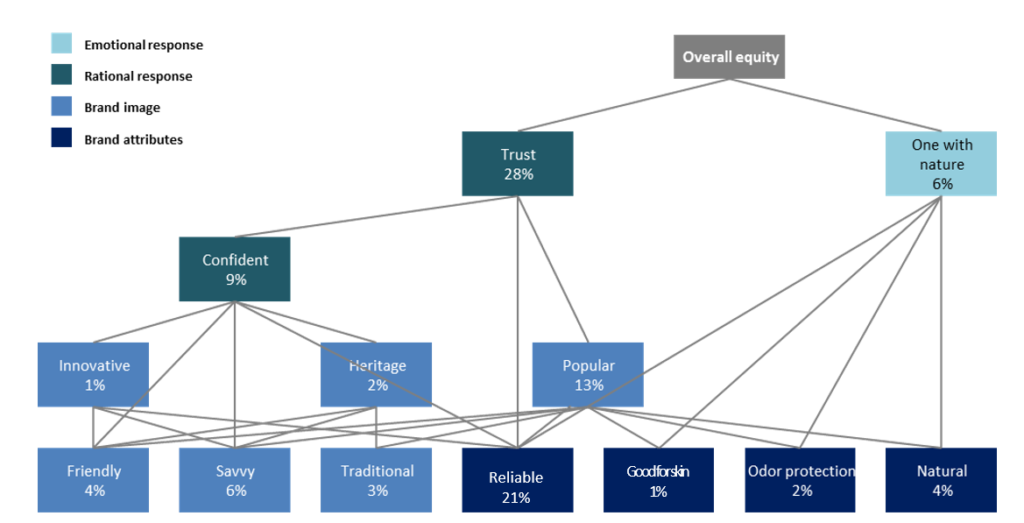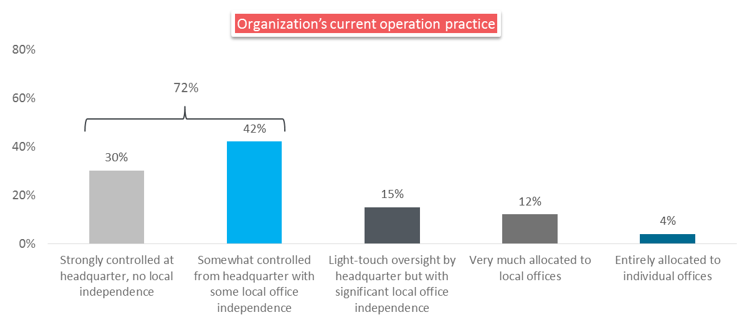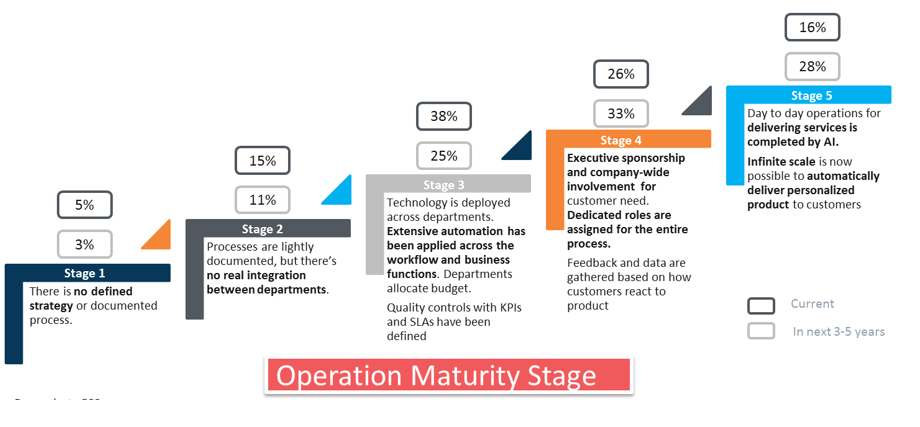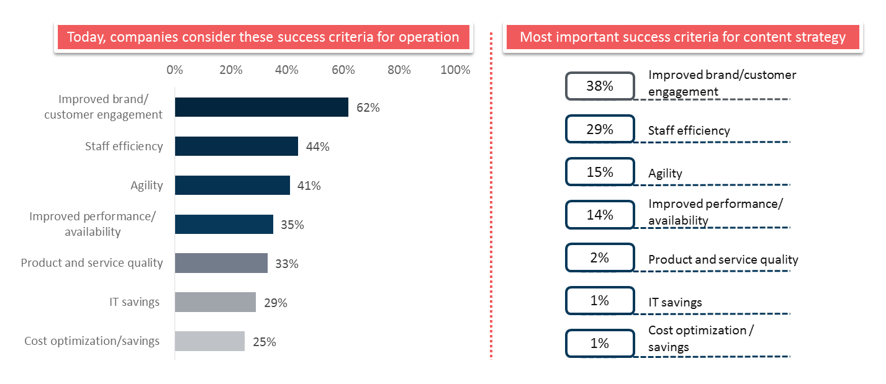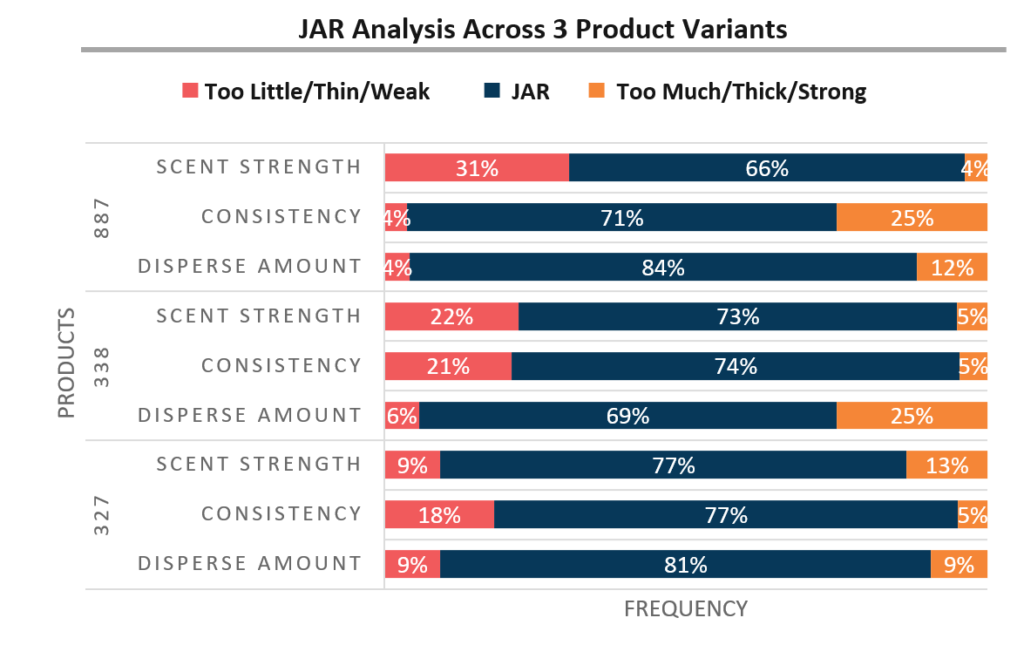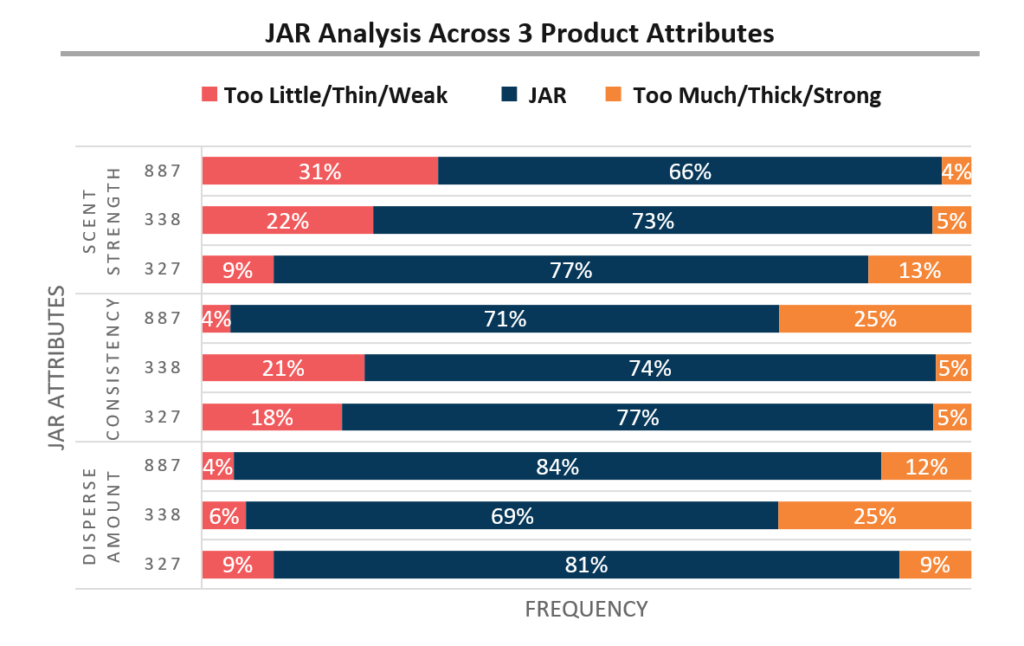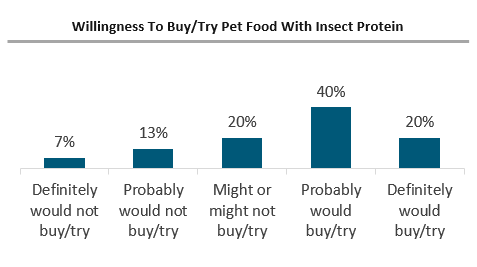
By E2E Research | August 3, 2021
Research Objective
- A US-based manufacturer of personalized gift items with markets in more than 10 countries across North America, Europe and Middle East needed SKU-level demand forecasting to ensure all orders are met while maintaining optimal inventories.
- Over 3000 SKUs across 8 product platforms with a 3-month lead time needed to be tracked.
Scope & Methodology
- A framework was developed to accommodate weekly re-forecasts based on SKU-level actuals-to-date for repeat customers, varied product platforms, new products, etc.
- It was designed to learn from historical trends and project future demand.
- A weekly ‘Early Warning System’ to predict excess and stock-outs was also built.

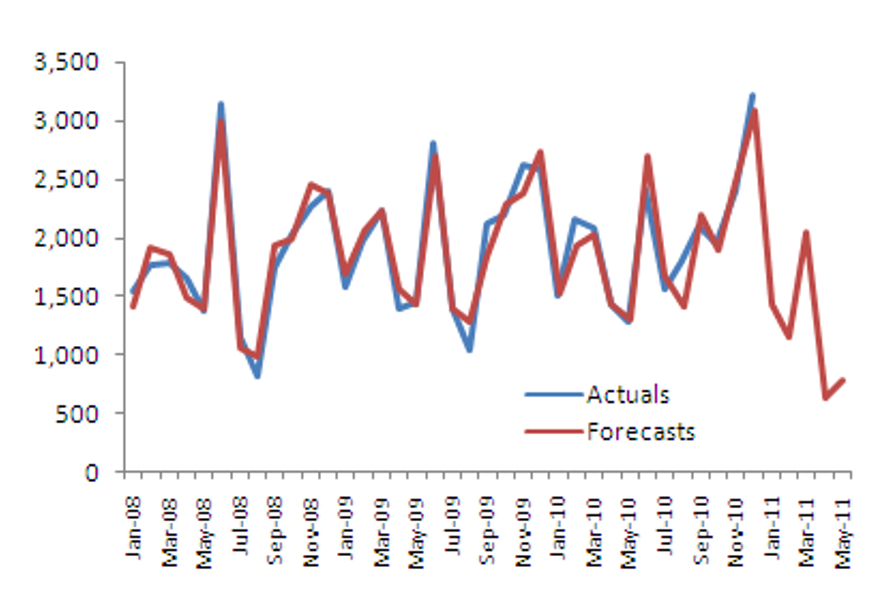
Value Delivered
- The forecasting tool helped reduce obsolete inventory at the end of the year which freed up working capital and reduced waste.
- It also reduced ‘out-of-stock’ rates leading to increased customer satisfaction and revenue, in part due to preventing unnecessary attrition.

